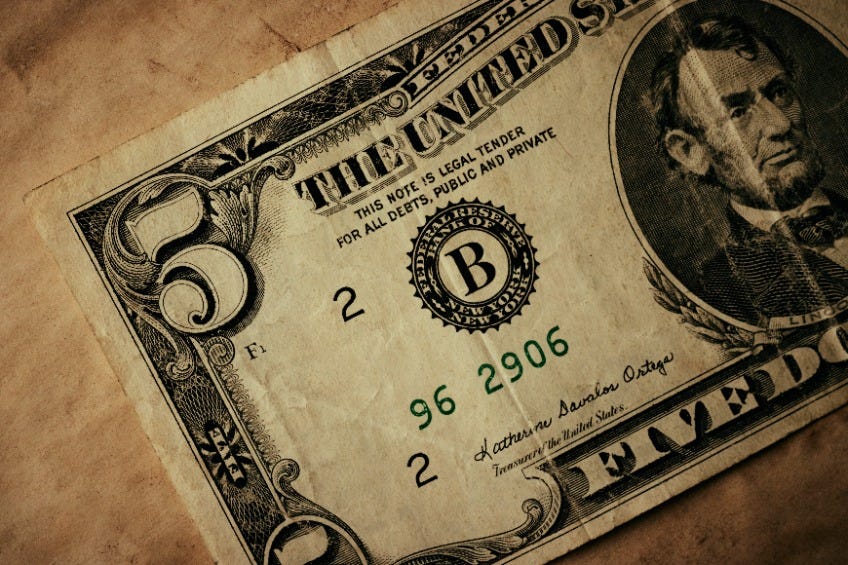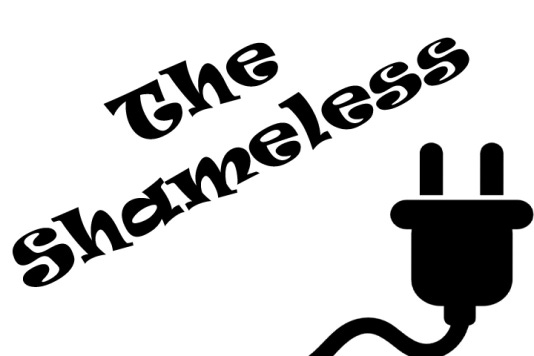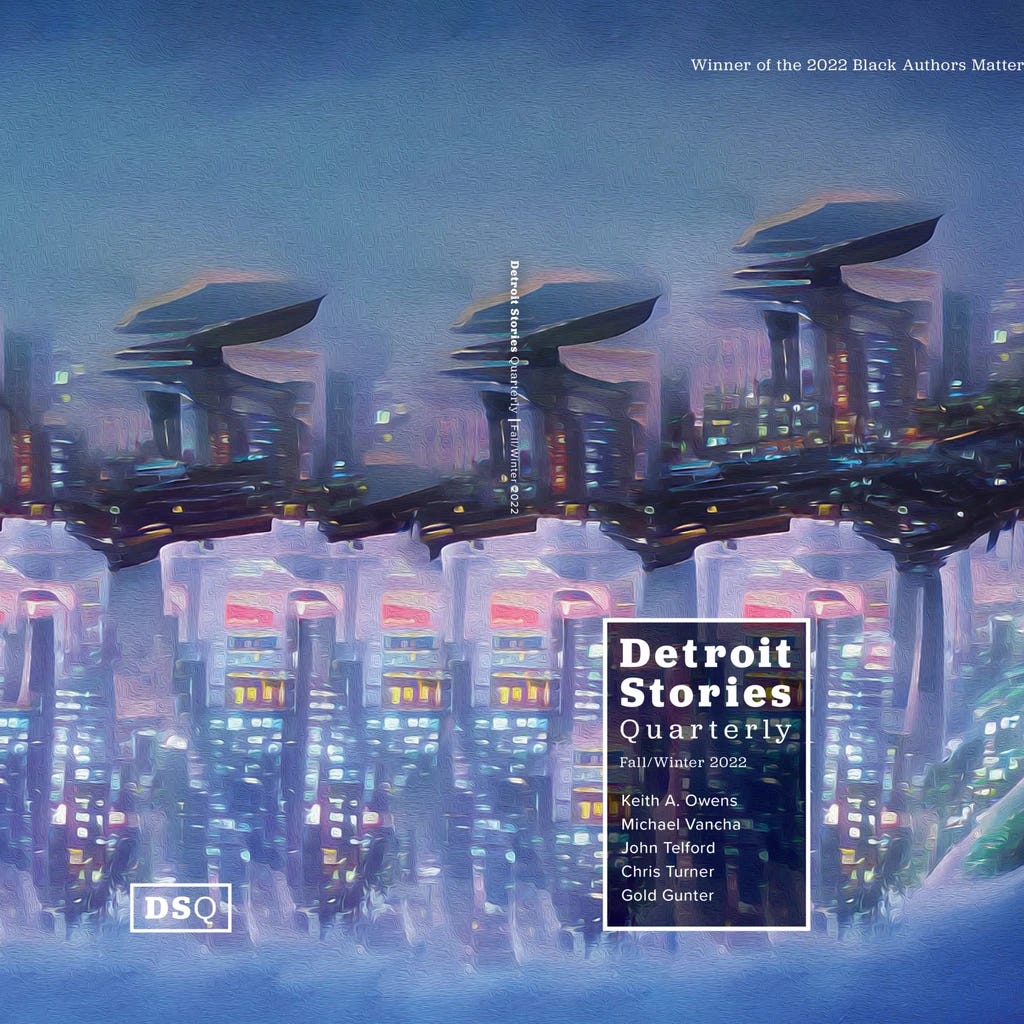A Short History of Uniquely American Music
It started with our indigenous nations and continues through rap and hiphop
Photo Credit: AndrewMuson.com
Issue #263 Friday Funday February 24, 2023
Music has been an integral part of the American cultural experience for centuries, beginning with a range of genres from Native American music to hip-hop. This vast collection of sounds is representative of our nation's diverse history and people.
Today’s article is just a short timeline of the progression of American music. Each genre could actually have its own article and there are of course whole books for each genre and examples of the artists of the genres.
So enjoy this short outline of the genres that have developed as uniquely American.
Native American Music
Native Americans have used their traditional soundscapes as far back as recorded time: chanting, drumming, rattles, and even flutes before incorporating European instruments such as violins and banjos later on. Their powerful music celebrates joyous occasions or offers tribute to ancestors in times sorrowful, and these songs remain connected through generations bearing knowledge richly nuanced culturally and providing a collective identity.
Appalachian Music
The early 18th century saw immigrants from Ireland and Scotland move to Appalachia, bringing with them a new sound that eventually developed into the genre of country music. When combined with African American musical traditions that were already in place, this gave rise to an entirely unique style: blues! These genres were fueled by electric guitars, drums, and steel instruments and pioneered a distinct, influential, and timeless flavor to our popular culture.
The article continues below.
No intrusive ads or annoying popups ever! Instead, please see the important information below and at the bottom of this post. That’s how we grow and sustain this publication. AND, please keep those “Likes” and comments coming! Thanks!
There is new lower pricing for the paid levels at as little as $5.00/month or $50/year!
Paid subscribers with the Substack app are invited to participate in the W.A.S. Chat Room to discuss today’s post.
All posts are free for seven days after their publication. To read all older posts, including the complete archive, and to support us financially, please consider upgrading your subscription to a paid level. Save 17% with an annual subscription. Thank you for your support!
The article continues…
Minstrel and Ragtime
During the 19th and early 20th centuries, minstrel shows were a popular form of entertainment in America. In these performances, white actors donned blackface to dance and sing cheerful melodies - often including folk songs from various ethnicities or hymns with comical lyrics. Minstrel shows relied on showcasing racial stereotypes and were often called “coon songs.”
Ragtime featured syncopated rhythms closely tied to Negro spirituals for inspiration.
Blues
In the early 20th century, blues burst onto the American music scene and quickly influenced much of American music today. Blues was born out of African Americans' call-and-response work songs and spirituals that originated during 19th-century enslavement. The first ever Blues recordings were instrumental - W.C Handy's "Memphis Blues" was one such recording in 1912 – while Mamie Smith made history with her voice a few years later when she became the first blues singer captured on wax in 1920.
Then came bebop jazz into play which took off in the 1940s thanks to pioneers like Charlie Parker & Dizzy Gillespie who crafted this fast tempo, improvisational sound with inventive harmonies & syncopated rhythms.
Today this music can be heard in a variety of styles and interpretations around the world.
Rock and Roll
Rock and roll made its debut roughly two decades later with contributions from blues and rhythm & blues artists such as Sister Rosetta Tharp, properly considered by some modern historians as "the godmother" of Rock 'n Roll.
The phrase “rock and roll” initially had a heavy sexual connotation.
Nevertheless, it was not until white acts began covering these songs that the term evolved away from its original African American roots, transforming into what we now call just “rock.”
Black Gospel
Black gospel music has a long history, originally developing from white Christian traditions and featuring vocals with accompanying instruments. Black gospel at first included Negro spirituals and hymns, but later added other musical elements and additional instruments from blues and ragtime, starting with Thomas Dorsey in the 1930s.
Today, Black spiritual music is traditionally called “Gospel” while white spiritual music is called “Christian.”
Rhythm and Blues (R&B)
R&B first became popular in the 1950s as it expanded from the blues and jazz influences, then included popular new groups and individual singers, and veered away from what would become just “rock” music.
Many whites denounced R&B at first; labeling it “race” or “jungle” music well into the 1960s. R&B was initially banned from white mainstream radio airplay and from jukebox placement in establishments that catered solely to white people.
In the 1960s, Detroit, Philadelphia, and Memphis became the multi-city nexus for many influential and award-winning R&B singers, group acts, and songwriters whose music went global.
By the 1970s, Black R&B music rose to universal acclaim, so much so that even white America could no longer deny its place in popular American and global culture.
However, they still tried: in the early 1970s, popular white entertainer Andy Williams attempted to promote The Osmond Brothers on his TV show as an alternative for white teenage girls obsessed with The Jackson Five, but it didn’t work.
When the MTV channel began broadcasting in 1981, it rarely showcased Black artists, until even they could no longer ignore the genius of Michael Jackson’s music and radical music videos. While others simply made videos of their onstage performances, Michael made movies. Finally, in 1983, MTV aired Michael’s Billie Jean video, and the trajectory of MTV and music videos, in general, was changed forever.
Rap and Hip Hop
Rap as spoken word poetry with added beats started with artists like Gil Scott-Heron and also The Last Poets and expanded throughout the years to related genres like hip-hop.
Rap music, using poet and musician Gil Scott-Heron as an example, is often targeted toward social issues experienced by Black Americans.
DJ Kool Herc developed turntable techniques at a South Bronx house party which birthed the hip-hop genre we know today.
Then 1979 marked another milestone when Sugar Hill Gang's 12-inch single "Rapper's Delight" became rap radio’s first official hit song!
Snoop Dog, Dr. Dre, Eminem, Mary J.Blige, and other hip-hop artists and producers performed in the 2022 Super Bowl Half-Time Show.
Finally, at the 2023 Grammy Awards, the influence of the last 50 years of hip-hop and rap was acknowledged.
Since then, our musical landscape has become an incredible patchwork of genres that each contribute their own unique sounds, reflecting social issues as well as cultural influences throughout America's history.
What is your favorite music genre? Have you attended any concerts for your favorite artists?
Let us know in the comments or start a dialogue in the chat (for paid subscribers).
Help us to grow our We Are Speaking Substack!
Don’t Forget! If you have the W.A.S. app for iOS and Android, you can listen to each article by clicking the little headset icon. You can also participate in the W.A.S. Chat (for paid subscribers only).
There are many benefits to using the W.A.S. app, including the ability to listen to our posts and podcast episodes straight from the iOS or Android app.
You can always leave any questions in the comments or email us.
Free posts are available for 7 days after publication. Adjust or upgrade your subscription to the paid level here. Pay less than 14¢ per post for the 36 monthly articles and podcast episodes. Thank you for your financial support!
Read the award-winning Detroit Stories Quarterly SciFi Anthology by Keith Owens, et al., with special guest authors. Click before to get a copy.
Our new eBook for independent authors and creative and solo professionals is published! Are you a creative professional or independent author looking to market and brand yourself successfully? Then this is the book for you! Learn practical and targeted marketing and branding strategies that will help you stand out from the competition. Click below to get your copy for just $4.99.
Check out the Global Creative Community Branding and Marketing Academy (GCC BMA) offering online courses networking opportunities, and one-on-one and group coaching for independent writers and creative and solo professionals.











